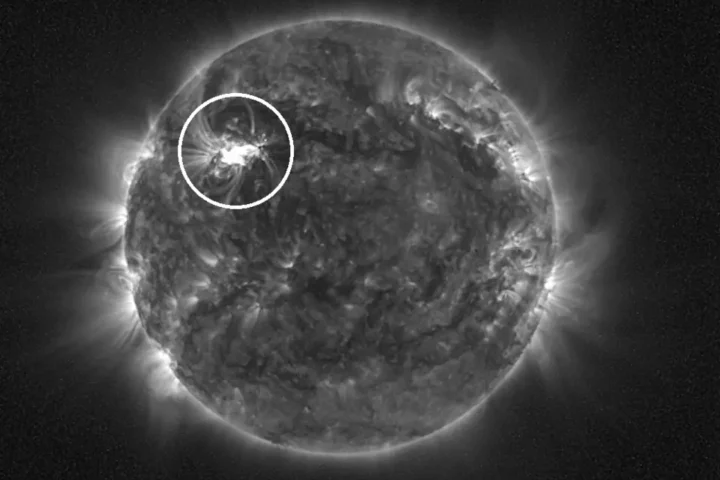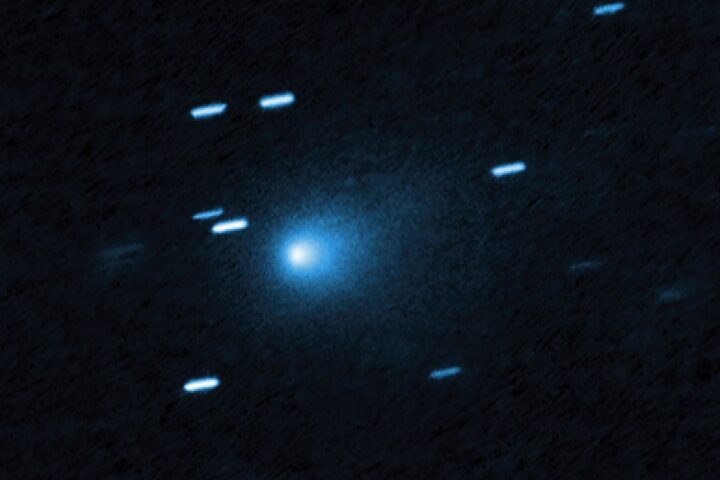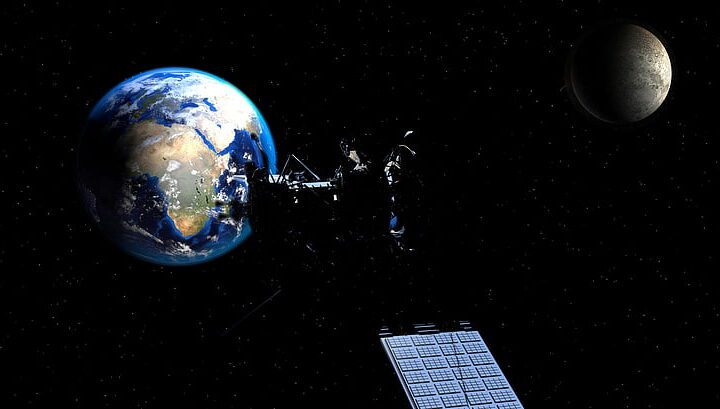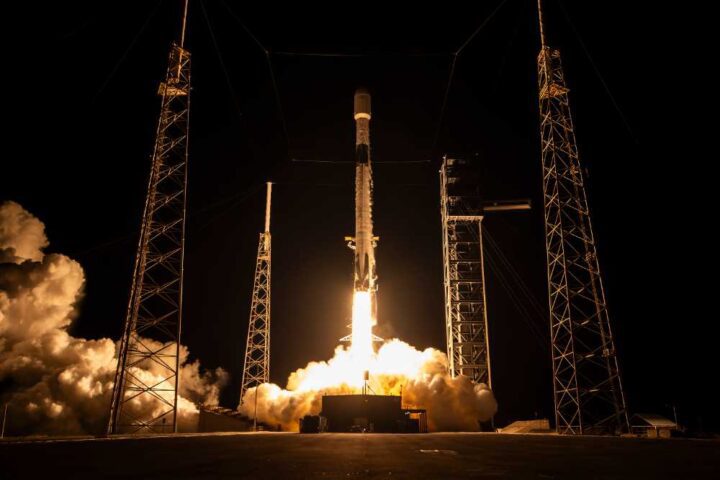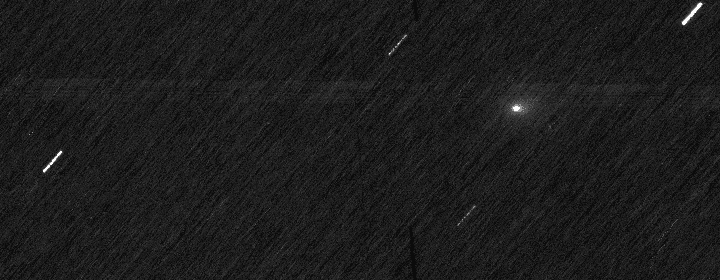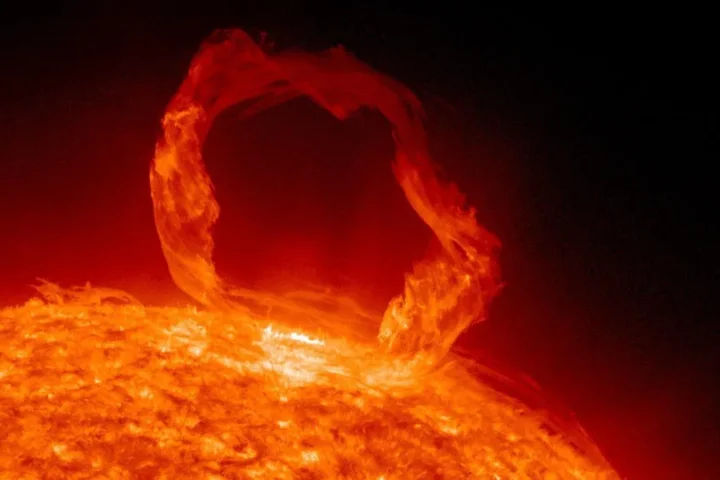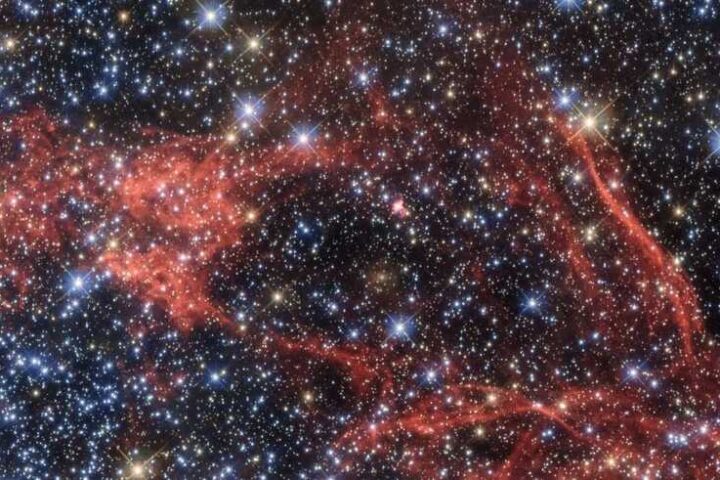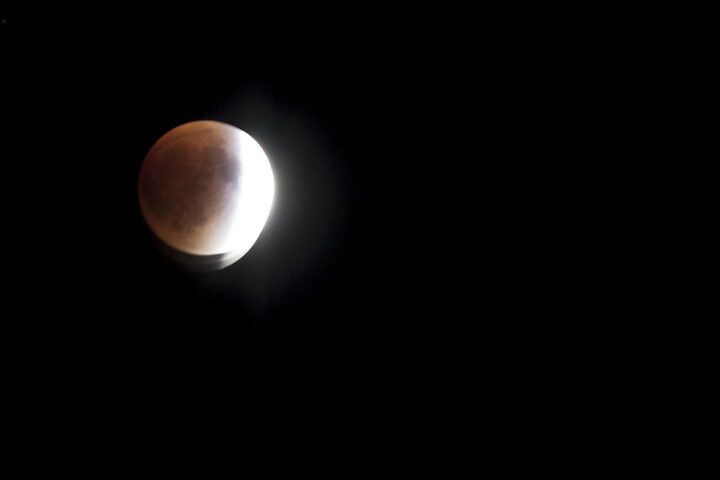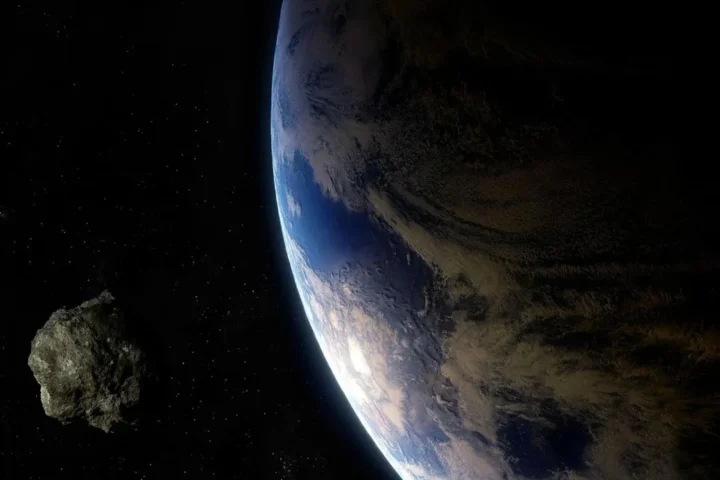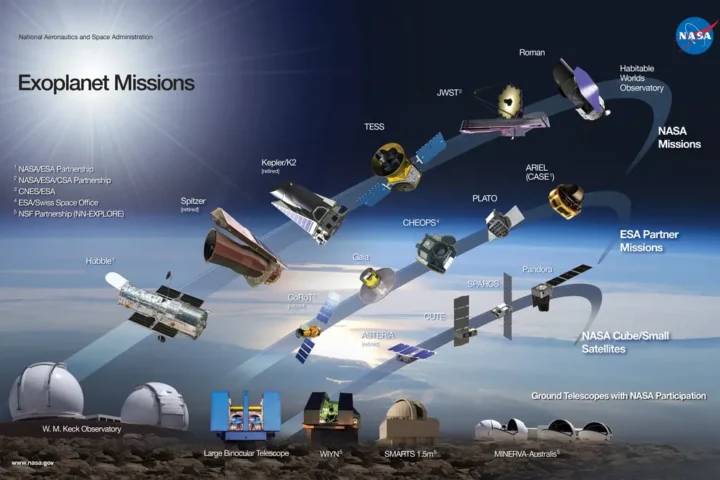The Dawn of Smartphone Telescopes
In a world where technology is rapidly evolving, Vaonis, the renowned maker of Stellina and Vespera telescopes, has unveiled its latest innovation: the Hestia system. This groundbreaking device promises to transform our smartphones into advanced telescopes, but how does it fare against traditional stargazing tools?
The Hestia System: A Deep Dive
Harnessing Smartphone Potential
While smartphones have become indispensable in our daily lives, their potential in the realm of astronomy has remained largely untapped. The primary challenge? The limited capabilities of phone sensors due to their small lens size. Hestia aims to change this narrative by amplifying brightness by up to 25 times and enhancing sharpness fivefold.
Software Meets Hardware
Beyond the hardware, the Hestia system integrates intelligent software, converting our everyday smartphone cameras into a sophisticated astronomy observation and photography station. The images captured can be viewed seamlessly on the Gravity app, making the experience user-friendly and interactive.
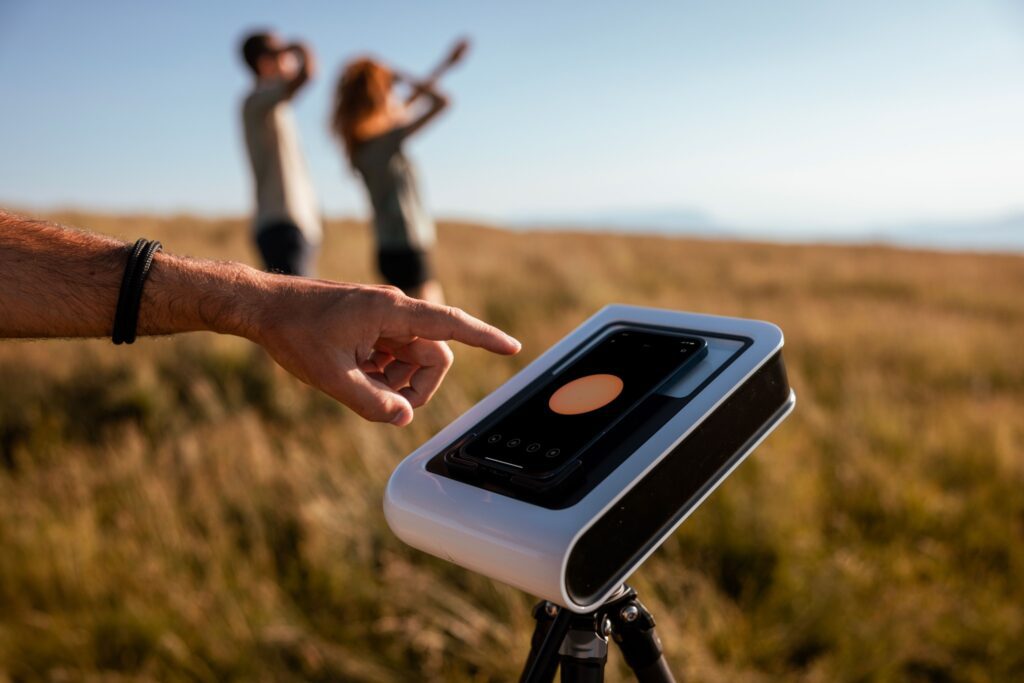
Accessibility: A Core Ethos
Vaonis has always championed the cause of making astronomy accessible to all. With Hestia, they’re taking a significant leap towards this vision. The system is designed to be intuitive, allowing even children as young as eight to embark on their celestial journey almost instantly.
Similar Post
Cyril Dupuy, Vaonis CEO and an astronomer, emphasized the ease of use, stating, “With Hestia, you just have to place your smartphone on the product and take around 10 seconds to align your smartphone… in only two minutes, you will observe your first results.”
Compatibility and Affordability: Bridging the Gap
Broad Smartphone Support
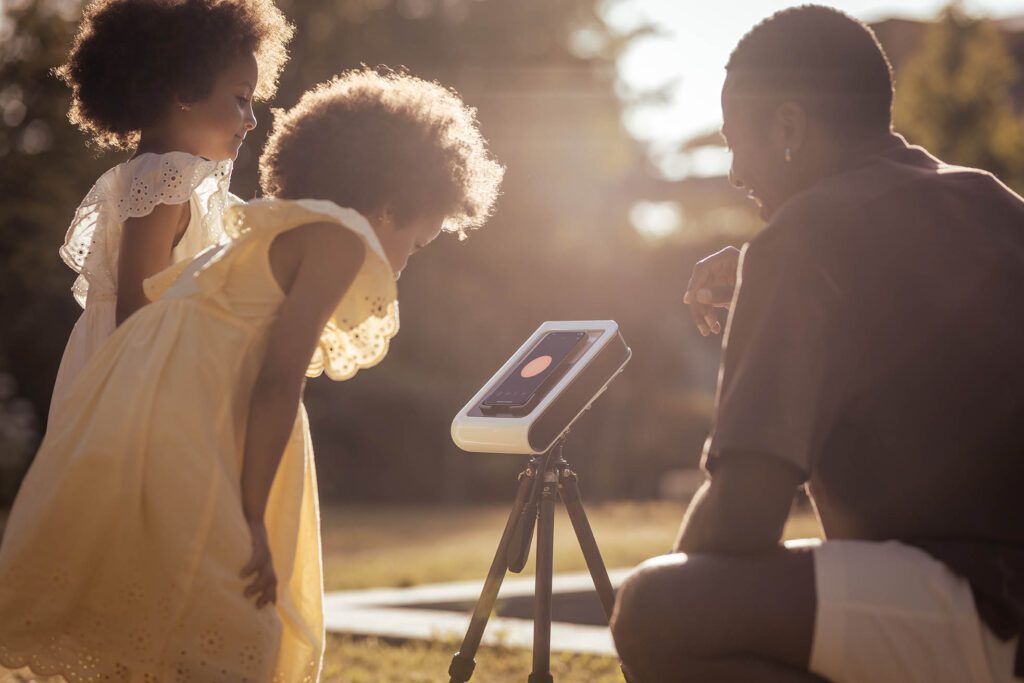
One of Hestia’s standout features is its compatibility. Whether you’re team iOS or Android, Hestia has got you covered. Even smartphones that are half a decade old can capture stunning images of the sun and the moon. However, for those keen on observing deep field objects like nebulas, a more recent smartphone might be necessary.
Pricing Structure
Vaonis’s commitment to affordability is evident in Hestia’s pricing. The basic pledge for the Hestia system starts at a modest $189. For those seeking more, there are packages inclusive of additional accessories like a dust cover, tripod, solar filter, and a hard case.
Critical Analysis: Is Hestia the Game-Changer?
While the Hestia system is undoubtedly innovative, it’s essential to approach it with a balanced perspective. The device’s reliance on smartphone sensors might raise questions about its long-term viability, especially as phone technology continues to evolve. Moreover, while the system enhances the capabilities of smartphone cameras, can it truly match the precision and clarity of dedicated astronomical equipment?
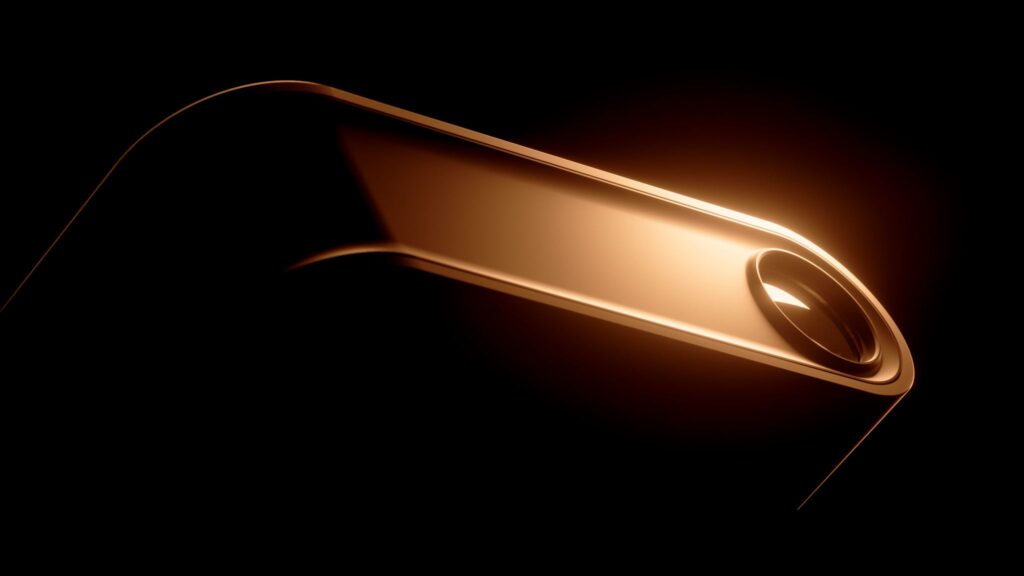
Upcoming Astronomical Events: Hestia’s Real Test
The upcoming solar eclipse on April 8, 2024, presents a golden opportunity for Hestia to showcase its capabilities. With the sun entering a period of maximum solar activity next year, it will be intriguing to see how Hestia stands up to the challenge of capturing dynamic celestial events.
A New Era or Just a Passing Comet?
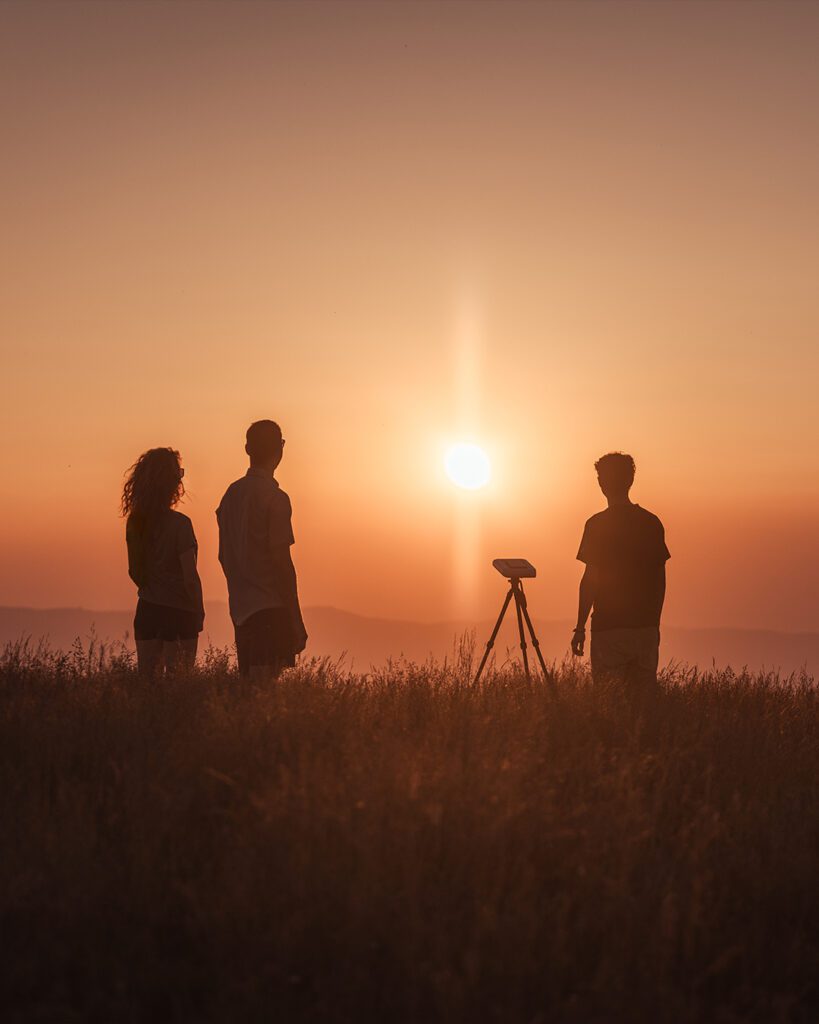
The Hestia system, with its blend of hardware and software, promises to democratize the world of astronomy. However, its success will hinge on its performance during critical astronomical events and its ability to adapt to the ever-evolving world of smartphone technology. Only time will tell if Hestia is here to stay or if it’s just a fleeting moment in the vast expanse of the universe.





